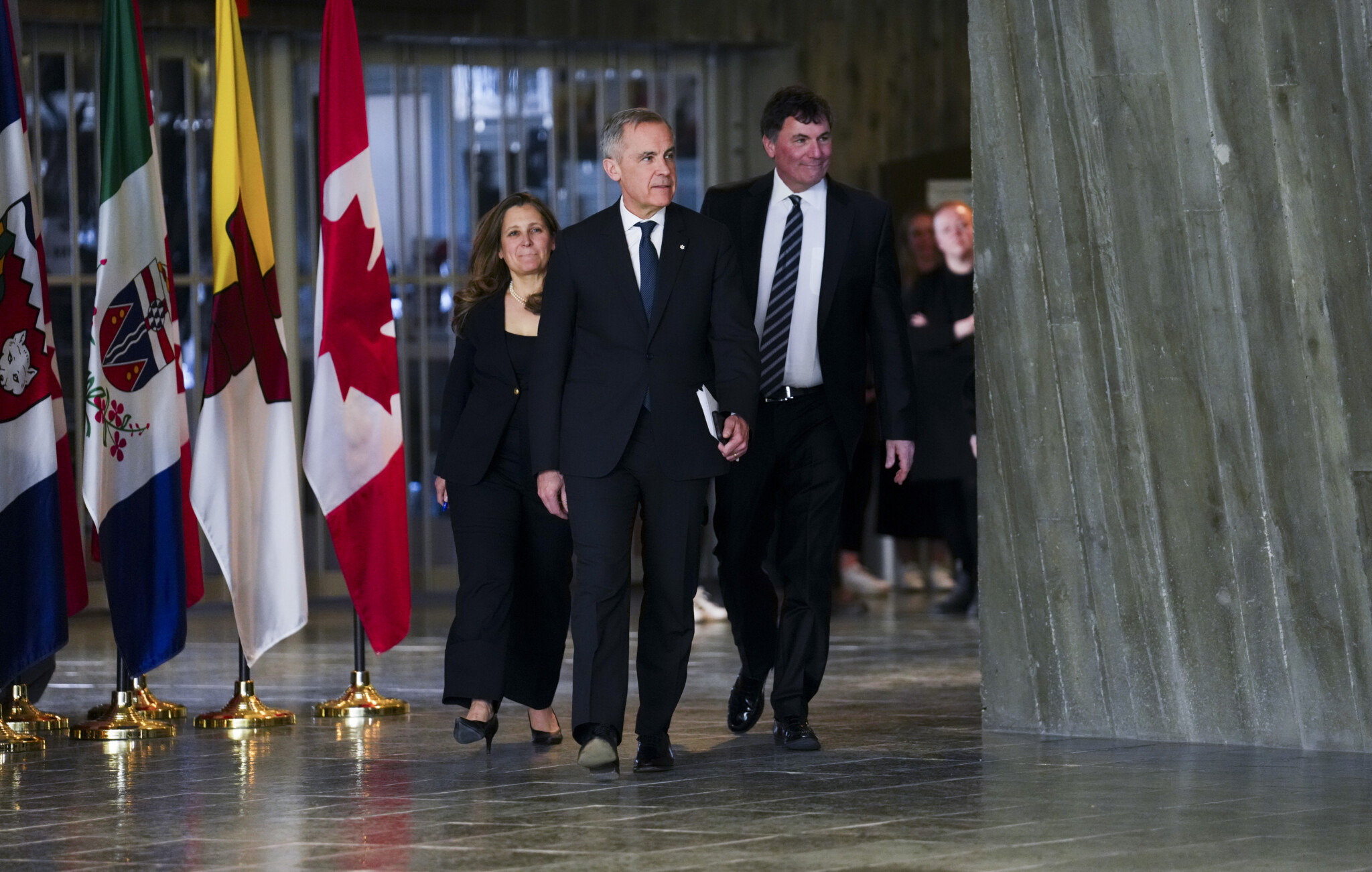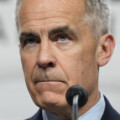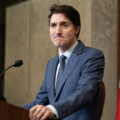Welcome to Need to Know, The Hub’s roundup of experts and insiders providing insights into the federal election stories, policy announcements, and campaign developments Canadians need to be keeping an eye on.
Carney’s fiscal plan builds on Trudeau’s–and then some
By Theo Argitis, The Hub’s editor-at-large for business and economics
Here are three observations from Mark Carney’s Liberal platform released over the weekend.
First, as has been widely reported already, Carney is scaling up the scope of federal government spending, with significantly higher future deficits as a result. Based on my rough calculations using the Parliamentary Budget Officer’s baseline, federal spending rises by at least half a percentage point of GDP over the next four years, structurally pushing it above 18 percent of the economy before any cost savings. Canadian spending hasn’t consistently exceeded that threshold since the 1990s debt crisis. If Carney does find the $13 billion in annual savings he’s promised by 2028, spending would fall back below 18 percent of GDP–but still remain above Trudeau’s last trajectory.
Revenue will depend on how long retaliatory tariffs remain in place. Carney’s plan implies revenues (excluding tariffs) averaging about 16.3 percent of GDP over the planning horizon—a couple of tenths below Trudeau’s track. But with tariffs in play this year, Ottawa’s take will rise to the highest since 2000, even with the proposed tax cuts.
Second, Carney’s projected $225 billion in deficits over four years is a best-case scenario. The PBO baseline assumes real GDP growth of 1.7 percent in 2025 and 1.5 percent in 2026—numbers we’d only see under a trade de-escalation scenario. If growth comes in a percentage point lower, which is just as likely, if not more, the deficit could easily widen by $5 to $10 billion annually. There’s some irony here: a platform built around preparing for a trade war with Trump relies on projections that assume no trade war.
Third, the Carney team claims the platform is a sharp break from Trudeau’s because two-thirds of the new measures are capital investments. The pitch is that most of Trudeau’s spending wasn’t growth-enhancing, while Carney’s is. To make the point, the platform includes two pie charts comparing the capital intensity of Carney’s 2025 plan with Trudeau’s 2021 plan. That may or may not be accurate—I haven’t seen the full breakdown of what counts as “capital.”
But the bigger takeaway is this: the Carney Liberals aren’t reversing any of the Trudeau program spending they claim to be running away from. They’re layering on top of it. The most revealing part of the platform is what it doesn’t do—correct for past errors. In effect, it allows Trudeau’s legacy to carry on well into a Carney government.
The Liberals are refusing to give up on their core governing beliefs
By Sean Speer, The Hub’s editor-at-large
The Liberal Party platform has received a lot of attention for its sticker price. And for good reason.
The Liberals propose to run larger and longer deficits than those envisioned by the Trudeau government, including a rising debt-to-GDP ratio to levels not seen (outside of the pandemic) since the early 2000s. For all the talk about Mark Carney’s purported centrism, when it comes to public spending, he seems poised to match or exceed Justin Trudeau’s profligacy.
The fiscal outcomes could be even worse if (1) the economy falls into a recession, since the Liberal projections don’t assume one, and (2) the party’s plan to generate as much as $13 billion in annual savings from “increased government productivity” doesn’t materialize.
The latter is even more improbable than Canada’s economy avoiding a recession. There’s nothing from the past decade or the Liberal platform to give any sense that a Carney-led government will hold spending to less than 2 percent annual growth which is actually negative in real terms.
Consider, for instance, the platform pledge for a one-time boost to the Guaranteed Income Supplement at a projected cost of just under $1.5 billion. There’s not even a real attempt to justify such a payout. It’s basically a deficit-financed election bribe to a key voter group for the Liberals. Does this seem like a prime minister or a government that’s going to cut spending in real terms? The answer is self-evidently no.
The platform isn’t all bad, though. There are some good and worthwhile measures. The proposal for a Bureau of Research, Engineering and Advanced Leadership in Science to incubate domestic defence technologies is interesting. So is the idea of a First and Last Mile Fund to support infrastructure projects associated with major resource projects like the Ring of Fire in Northwestern Ontario.
Overall, though, this is a policy plan marked by continuity rather than change. The implicit message is that if anything went wrong over the past decade, it wasn’t due to the government’s underlying assumptions. It just needed someone different at the top to make it work. Carney is smart and accomplished, but even he cannot turn bad ideas into good ones.
Picking economic winners and losers didn’t work for Trudeau, and it won’t work for Carney either
By Joseph Steinberg, associate professor of economics at the University of Toronto
Mark Carney released his policy platform Saturday, outlining $130 billion in new spending aimed at boosting investment and innovation. The Liberal party has billed this plan as a paradigm shift from the Trudeau era. But how big of a shift will it really be?
As an economist who has grown increasingly worried about Canada’s slow productivity growth and low investment rate, I welcome some of the measures in the Carney plan. For example, allowing manufacturers to immediately deduct spending on new equipment from their taxes will make Canada a more attractive place to invest, and increasing tax deductions for research and development will help boost innovation.
I wonder, though, about how much of this new spending will take the form of subsidies and grants to firms handpicked by the government to undertake specific projects. The Trudeau era was marked by a sequence of failed top-down investments, like the Stellantis and Northvolt battery plants, and the GM electric delivery van factory. Given his background in asset management, Carney may believe he will be more successful than his predecessor at identifying promising investment projects.
What Canada really needs, though, is for the government to get out of the business of micromanaging investment entirely. Instead, we need tax reform that levels the playing field between new entrants and established firms and gives market forces a more prominent role in allocating investment dollars towards their most productive uses.









